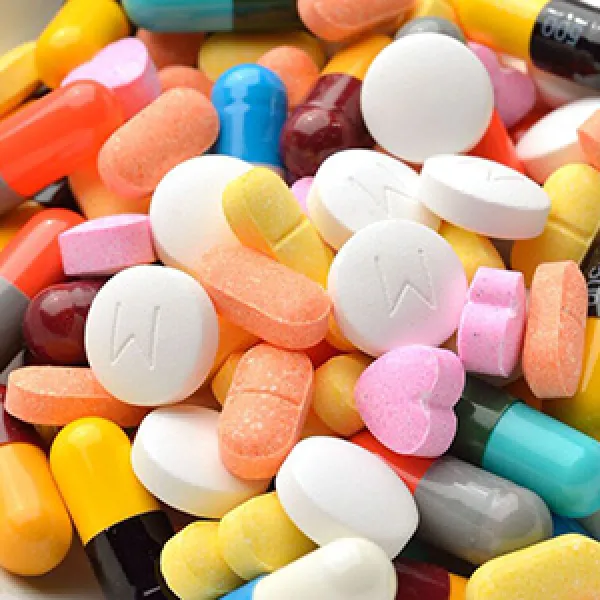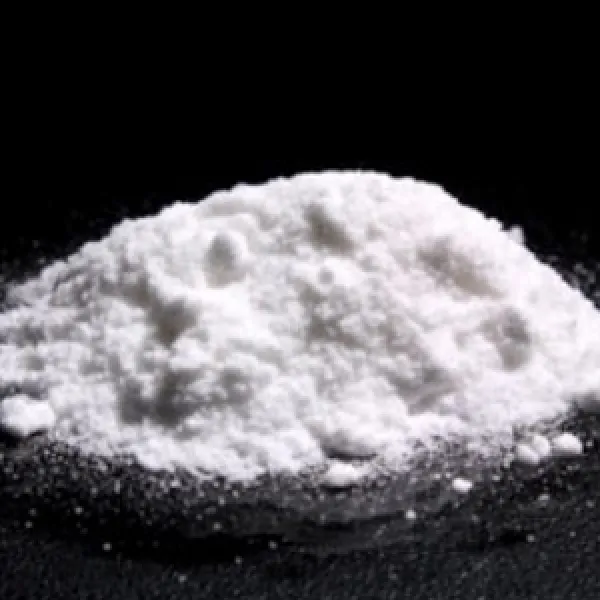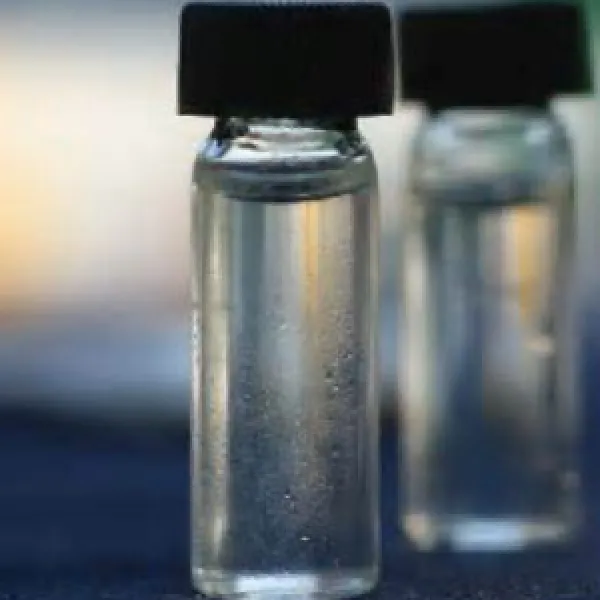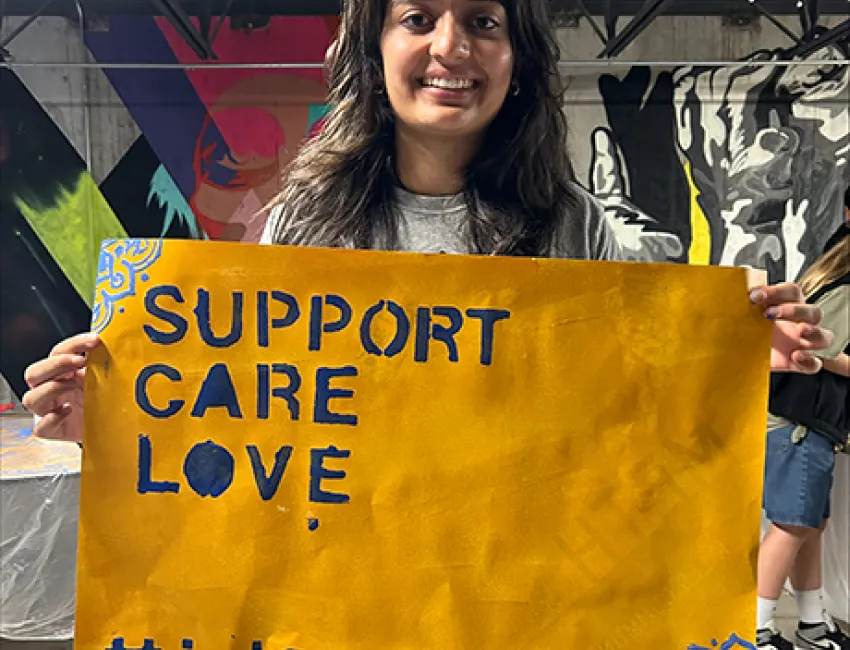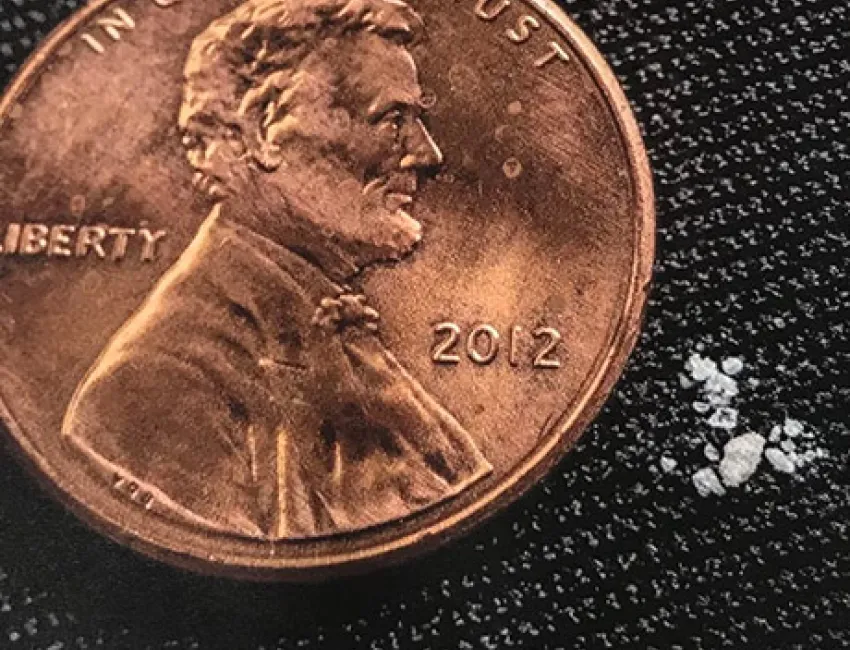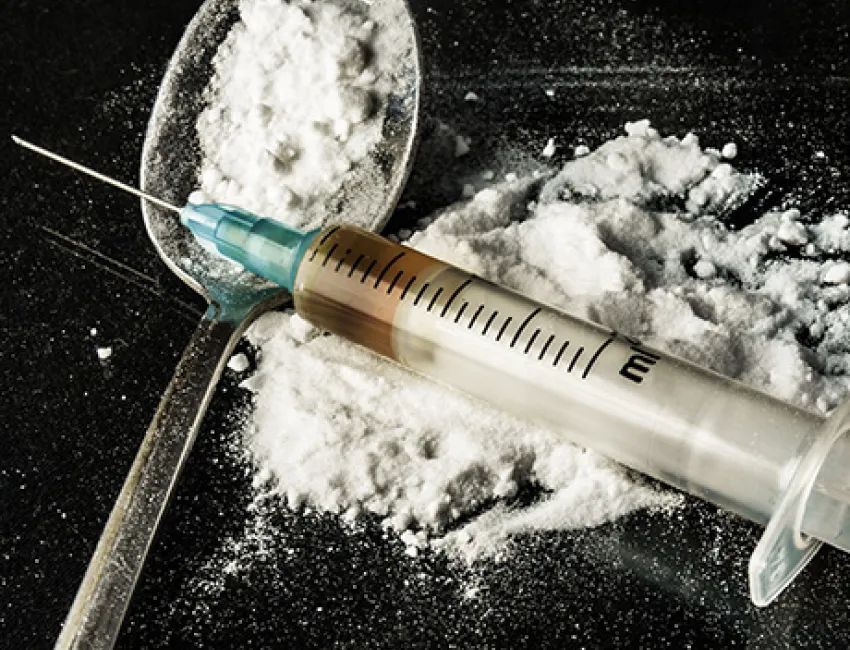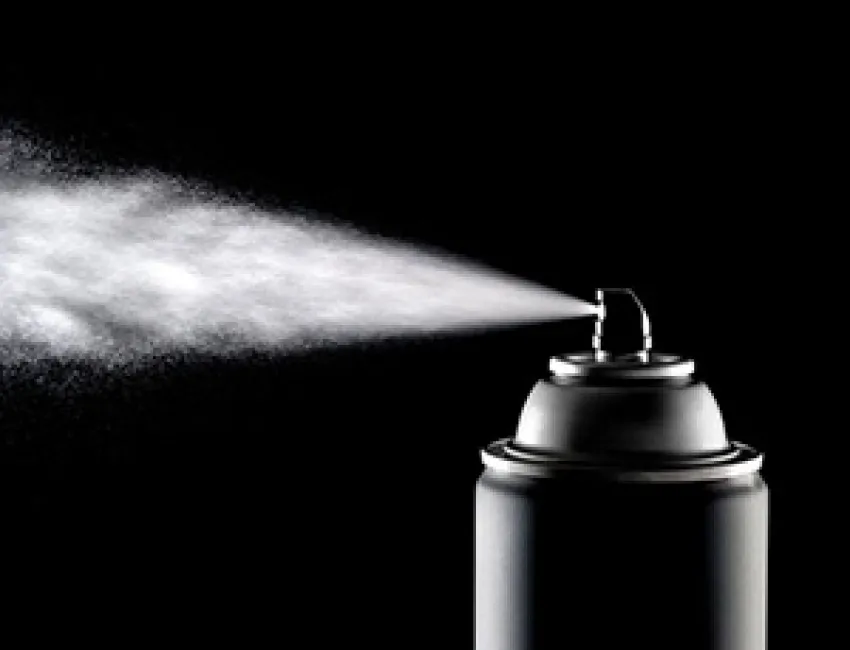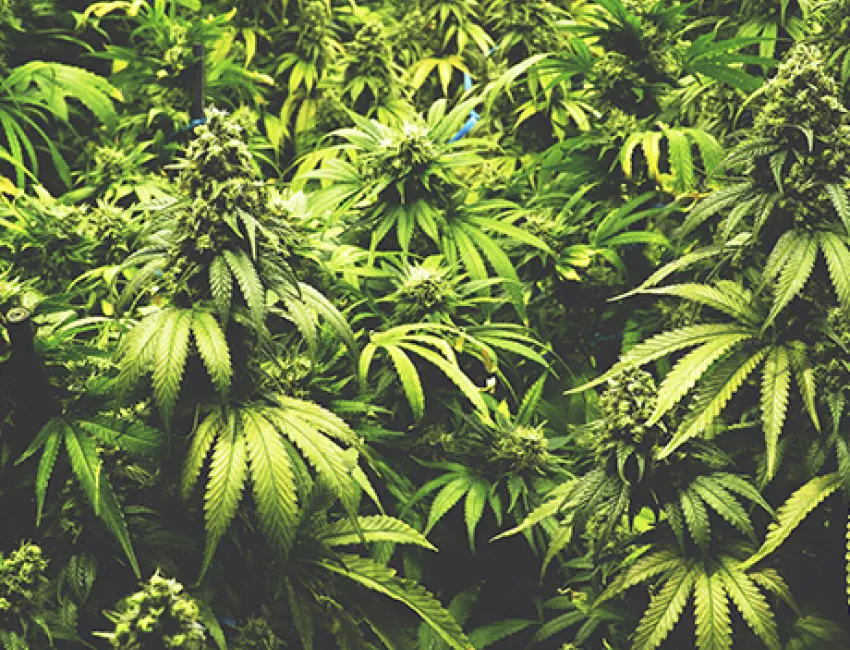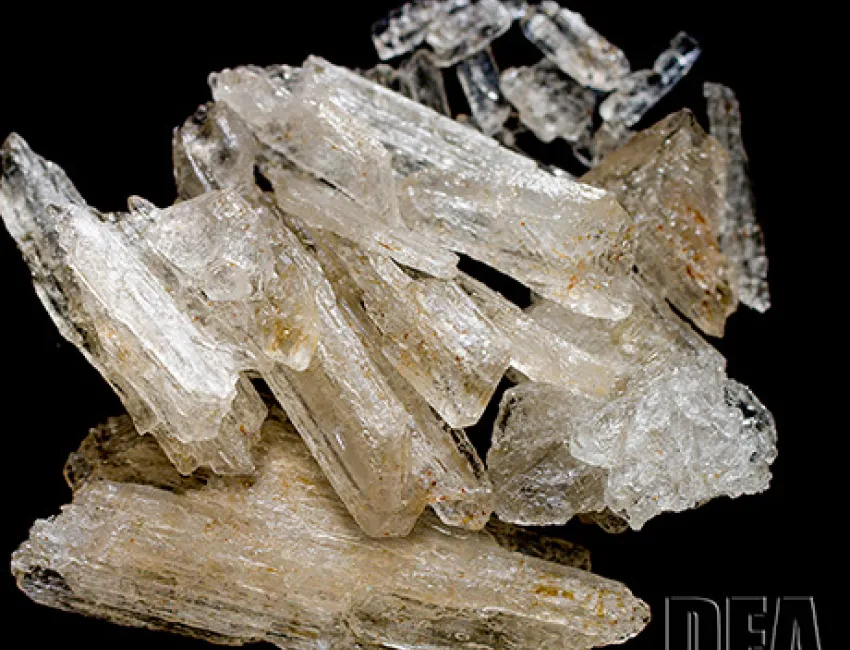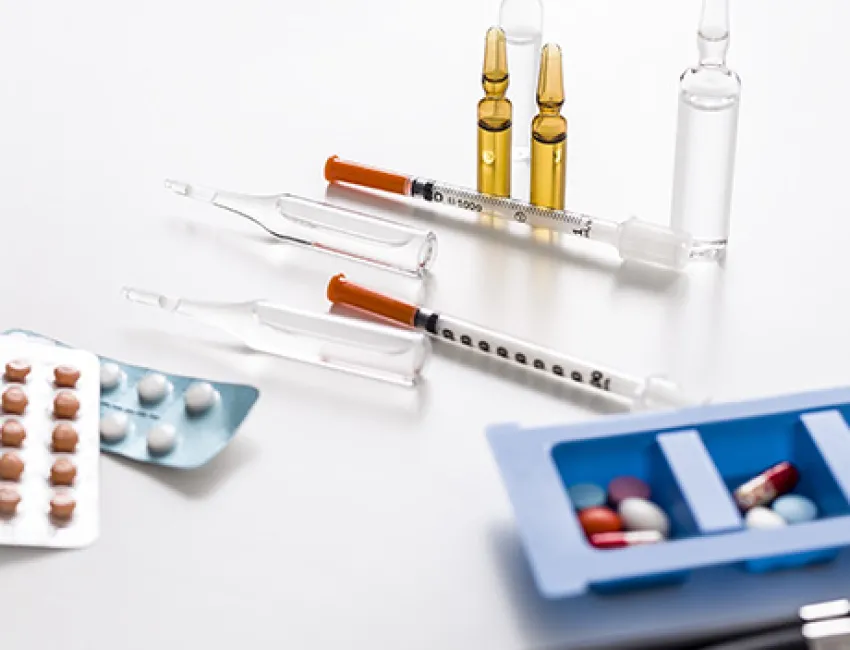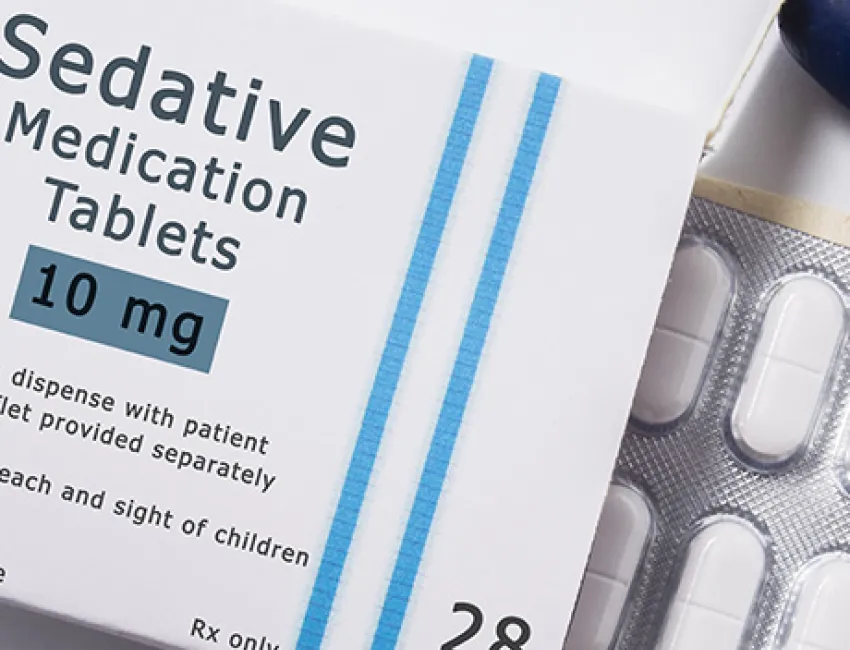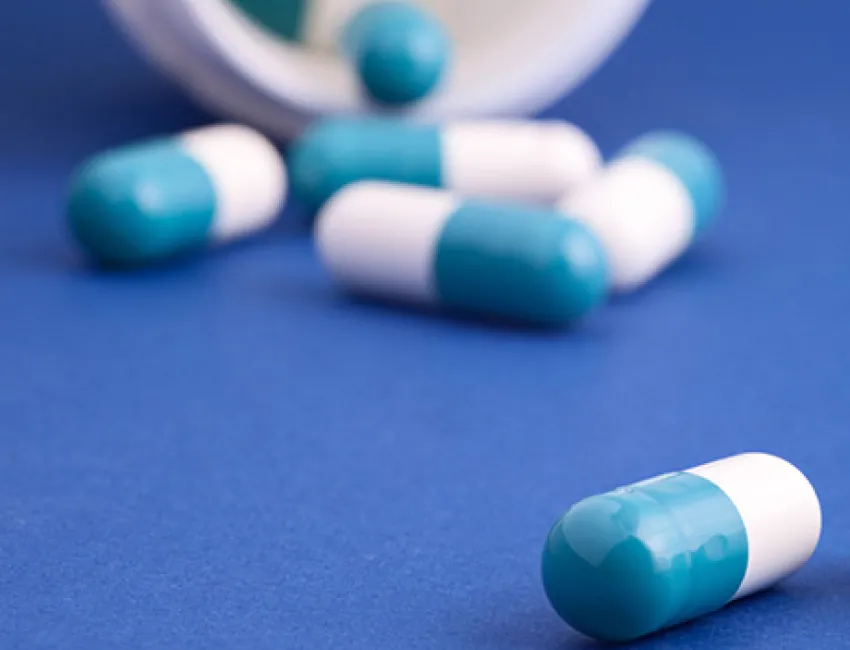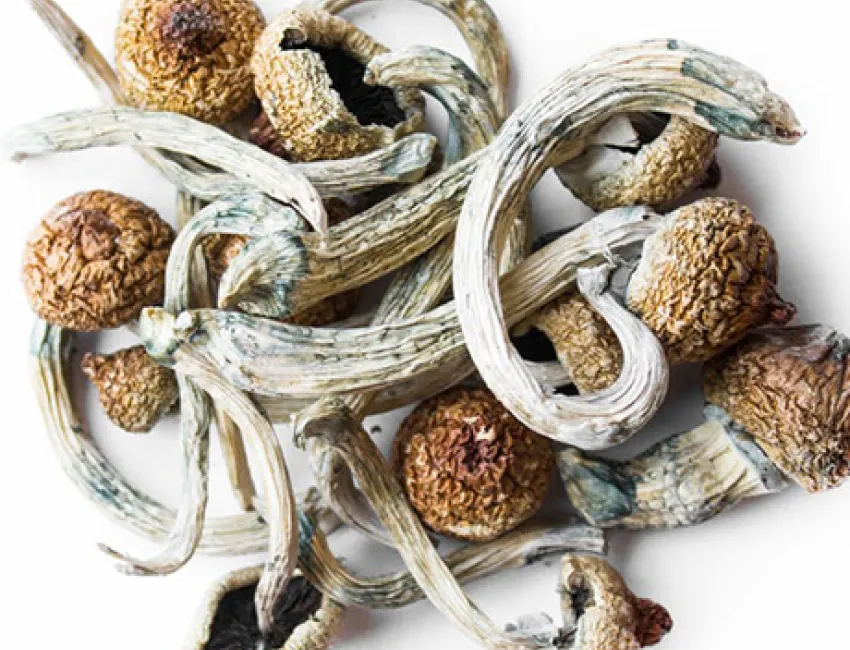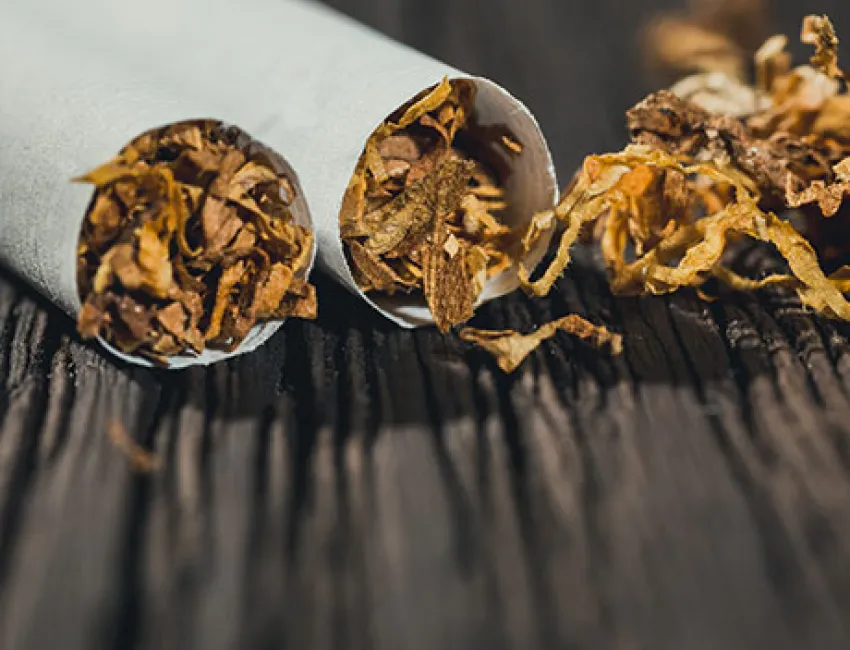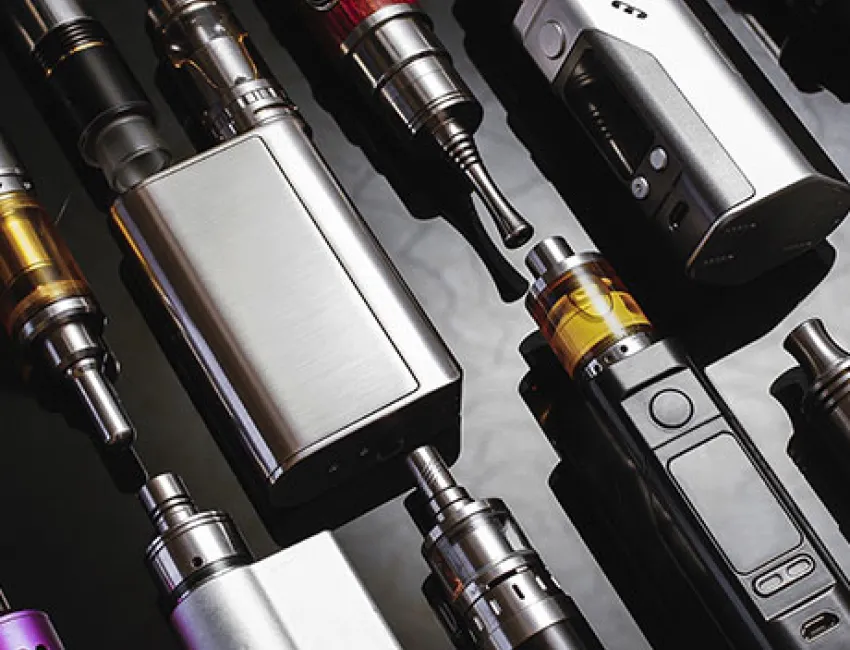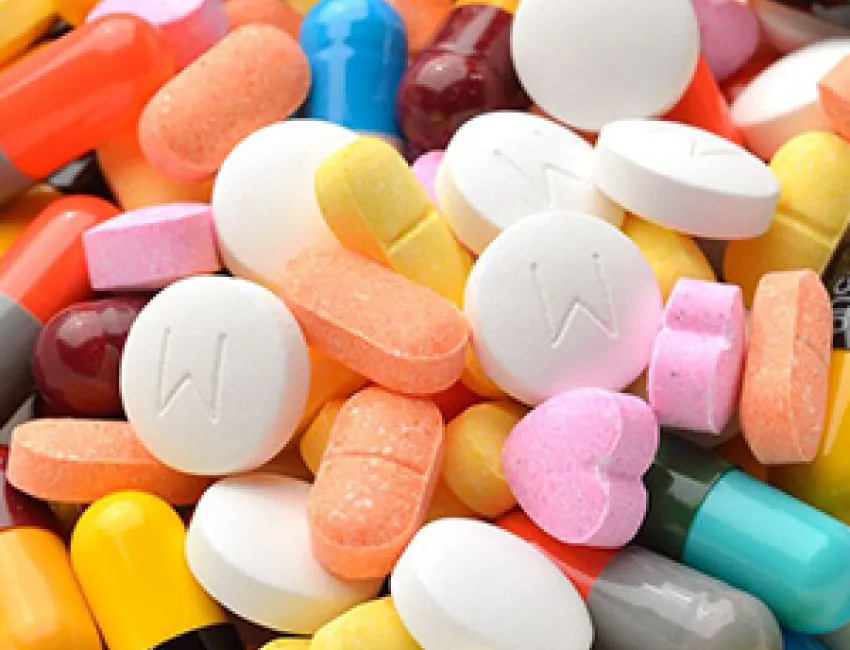
What exactly is ecstasy, and why has it become such a big topic? Understanding the facts helps you cut through all the noise and mixed messages.
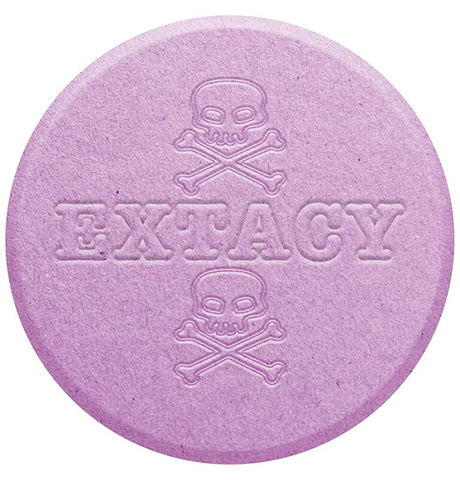
Ecstasy, or methylenedioxymethamphetamine (MDMA), is a synthetic drug made in a laboratory. The makers of ecstasy can, and often do, add other drugs to the pill as filler since it is illegal and not regulated. Due to this fact they oftentimes add in harmful ingredients mostly to reduce costs. Some common additions are: bath salts, amphetamine, cocaine, ephedrine, ketamine, and heroin.
Ecstasy tablets are typically ‘branded’ with small logos pressed into the surface of the pills. Common imprints include Batman, doves, smiley faces, hearts and angels.
- Swallowed (most common)
- Snorted as a powder
- Smoked
- Injected
Common Names
- E
- X
- XTC
- Molly
- Pills
- Rolls
- E-tarts
- ADAM
- Go
- Speed for Lovers
- Love Drug
- Hug Drug
- Scooby Snacks
Ecstasy, or MDMA, was patented in 1913 by the German chemical company Merck to be sold as a diet pill. However, the company decided against marketing the drug and had nothing more to do with it because of its multiple side effects.
In the United States during the 1970s, some psychiatrists began using MDMA as a psychotherapeutic tool, despite the fact that the drug had never undergone formal clinical trials nor received approval from the U.S.
NYU’s Center for Health, Identity, Behavior, and Prevention Studies describes the high from MDMA:
“The initial effects of MDMA include heightened sensitivity (physical and emotional),” energy and mood. “The peak of an ecstasy high is associated with an intense emotional state where the user feels an overwhelming sense of empathy and a desire to engage in intimate conversations with friends or family.”
Often ecstasy contains MDMA and speed or other stimulants, which can mask exhaustion or other physical needs, like thirst and hunger. This makes the comedown from ecstasy feel more intense and like a huge zap in energy.
Studies on MDMA’s effects have reported stronger effects in females as compared to males. A visual representation of how MDMA works. 6% of of high schoolers have EVER used ecstasy.
In high doses, MDMA can interfere with the body’s ability to regulate temperature.
On rare but unpredictable occasions, this can lead to a sharp increase in temperature, which can result in liver, kidney or cardiovascular system failure or death. The following are more common short and long term effects.
- Impaired judgment
- Confusion
- Depression
- Sleep problems
- Severe anxiety
- Paranoia
- Dehydration
- Muscle tension
- Faintness and chills or sweating
- Involuntary teeth clenching
- Blurred vision
- Nausea
- Increased heart rate, blood pressure, and renal/kidney failure
- Long-lasting brain damage affecting thought and memory
- Damage to portions of the brain that regulate critical functions such as learning, sleep and emotion
- Degenerated nerve branches and nerve endings
- Depression, anxiety, memory loss
- Hemorrhaging
- Psychosis and hallucinations
- Cardiovascular collapse
- Convulsions
- Lack of ability to pay attention
- Overdose that results in death - here is a real-life example close to home in Colorado Springs
MDMA affects the brain by increasing the activity of at least three neurotransmitters - serotonin, dopamine, and norepinephrine. Normally these chemicals are re-absorbed by the brain after they have done their job; however, MDMA impedes this process allowing these chemicals to accumulate in the brain, which causes the high. However, the large surge of serotonin causes the brain to be significantly depleted of the “happy feeling” neurotransmitter, contributing to the negative after-effects often experienced for several days after taking MDMA.
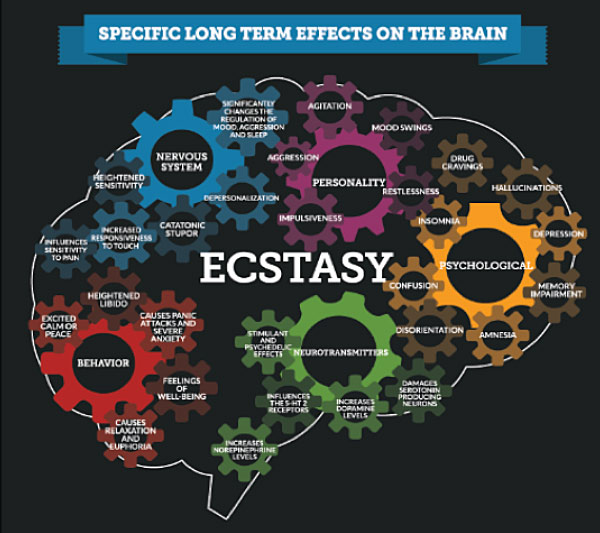
(addictionblog.org)
According to the Drug Enforcement Agency, MDMA is a Schedule I illicit drug. Sentencing always varies, but generally:
- Getting caught for the first time with a small amount for personal use results in a penalty of up to a year in jail and up to a $100,000 fine.
- Getting caught for the second time with a similar offense of small amounts results in a minimum of 15 days and a maximum of two years in jail.
- The third time results in prison sentence of 90 days to three years.1
1 http://codes.findlaw.com/co/title-18-criminal-code/co-rev-st-sect-18-18-403-5.html
